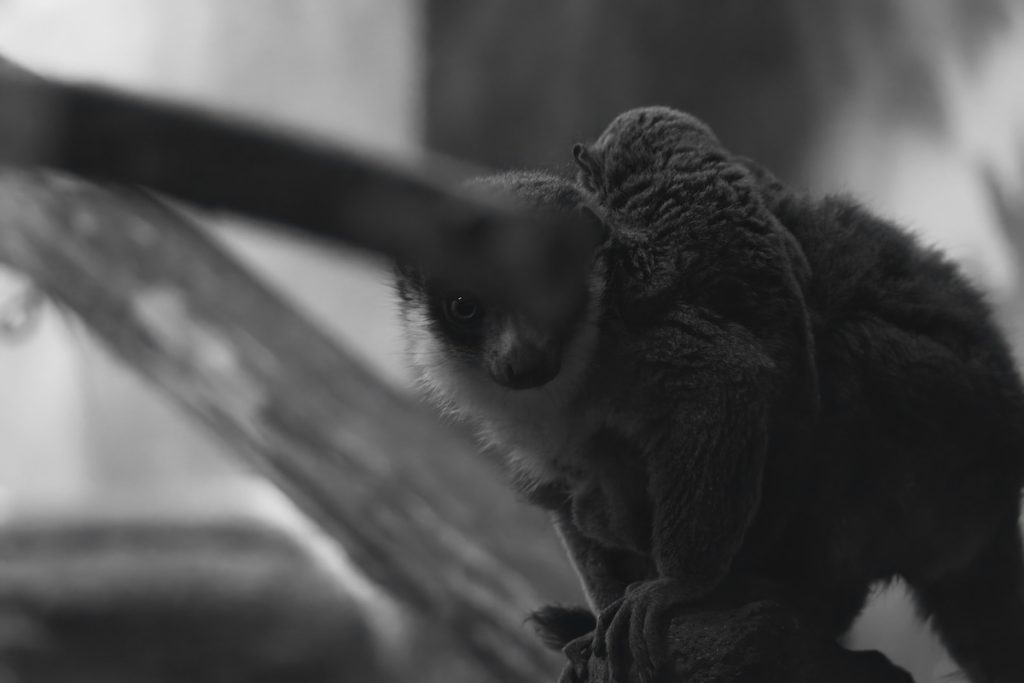The St. Louis Zoo, located in Missouri, is a popular destination for tourists and locals alike. With over 100 years of history, the zoo has a rich and fascinating past. Here are 10 facts about the history of the St. Louis Zoo that are sure to pique your interest:
- The St. Louis Zoo was founded in 1910, making it one of the oldest zoos in the United States.
- The zoo was originally located in Forest Park, but has since expanded to cover over 90 acres.
- The St. Louis Zoo is known for its commitment to conservation and education, and has been recognized as a leader in both areas.
Check out st louis zoo free for everything you need to know.
Founding and Development
1904 World’s Fair Origins
The St. Louis Zoo has a unique history that dates back to the 1904 World’s Fair, also known as the Louisiana Purchase Exposition. During the fair, a flight cage was constructed in Forest Park to showcase live birds. After the fair ended, the flight cage was converted into a permanent bird exhibit, which eventually led to the establishment of the St. Louis Zoo.
Zoological Society of St. Louis
In 1910, the Zoological Society of St. Louis was formed to oversee the operations of the zoo. The society was responsible for raising funds to support the zoo and its exhibits. One of the early challenges faced by the society was to secure a stable source of funding. In 1913, a property tax was levied, which provided a steady stream of revenue for the zoo. The tax was later replaced by a mill tax, which continues to fund the zoo today.
Expansion and Exhibits
Over the years, the St. Louis Zoo has undergone significant expansion and development. In the 1920s, the zoo added a reptile house, a monkey house, and a bear pit. In the 1930s, the zoo added a sea lion pool and a penguin exhibit. In the 1950s, the zoo added a children’s zoo and a bird house. In the 1960s, the zoo added a primate house and an insectarium. In the 1970s, the zoo added a big cat country exhibit and an antelope house.
The St. Louis Zoo has continued to add new exhibits and attractions in recent years. In 2003, the zoo opened the Emerson Children’s Zoo, which features interactive exhibits and hands-on activities for children. In 2017, the zoo opened the McDonnell Polar Bear Point, which houses two polar bears in a state-of-the-art exhibit. The zoo also has a strong commitment to conservation and education, and has partnered with the Missouri History Museum to showcase the history of the zoo and its role in the community.
Conservation and Education Initiatives
WildCare Institute
The St. Louis Zoo has a strong commitment to conservation and education, and the WildCare Institute is at the forefront of these efforts. The Institute works to protect endangered species and their habitats through research, breeding programs, and field conservation projects. They also work with local communities to promote sustainable living and reduce human-wildlife conflict.
Endangered Species Programs
The St. Louis Zoo is home to several endangered species, including the black rhinoceros, Asian elephant, and cheetah. The zoo participates in several breeding programs to help increase the populations of these animals and works with other zoos and organizations to share information and resources. The zoo also has a successful program for the reintroduction of captive-bred animals into the wild.
Educational Outreach
The St. Louis Zoo is committed to educating the public about conservation and the importance of protecting endangered species. They offer a variety of educational programs for visitors of all ages, including guided tours, interactive exhibits, and hands-on activities. The zoo also works with local schools to provide educational resources and programs for students.
The St. Louis Zoo is accredited by the Association of Zoos and Aquariums (AZA), which sets high standards for animal care, conservation, and education. The zoo’s commitment to these standards is evident in their conservation efforts, endangered species programs, and educational outreach.

